Imagine embarking on a journey aboard a spaceship, heading in one direction as far as possible from Earth.
Now, imagine that the spaceship can constantly accelerate up to the speed of light, and you have an infinite lifespan.
How long would it take you to reach the edge of the Universe?
What would it look like? How would you cross it?
And if you were to cross it, what would be beyond?
Does the Universe have an edge, or is it infinite?
And what shape does our Universe have?
In this video, you’ll find out the answers to these exciting questions about the boundaries and shape of our mysterious Universe!
What lies beyond the edge of the Universe?
#universe #reyouniverse #ryv_space
Get the latest international news and world events from around the world.
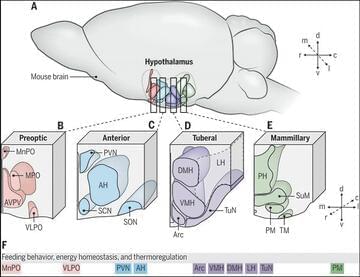
The structural and functional complexity of the integrative hypothalamus
An excellent short review on structure and function of the hypothalamus, one of my favorite regions of the brain! Link: https://www.science.org/doi/10.1126/science.adh8488 #neuroscience #biology
The hypothalamus (“hypo” meaning below, and “thalamus” meaning bed) consists of regulatory circuits that support basic life functions that ensure survival. Sitting at the interface between peripheral, environmental, and neural inputs, the hypothalamus integrates these sensory inputs to influence a range of physiologies and behaviors. Unlike the neocortex, in which a stereotyped cytoarchitecture mediates complex functions across a comparatively small number of neuronal fates, the hypothalamus comprises upwards of thousands of distinct cell types that form redundant yet functionally discrete circuits. With single-cell RNA sequencing studies revealing further cellular heterogeneity and modern photonic tools enabling high-resolution dissection of complex circuitry, a new era of hypothalamic mapping has begun. Here, we provide a general overview of mammalian hypothalamic organization, development, and connectivity to help welcome newcomers into this exciting field.

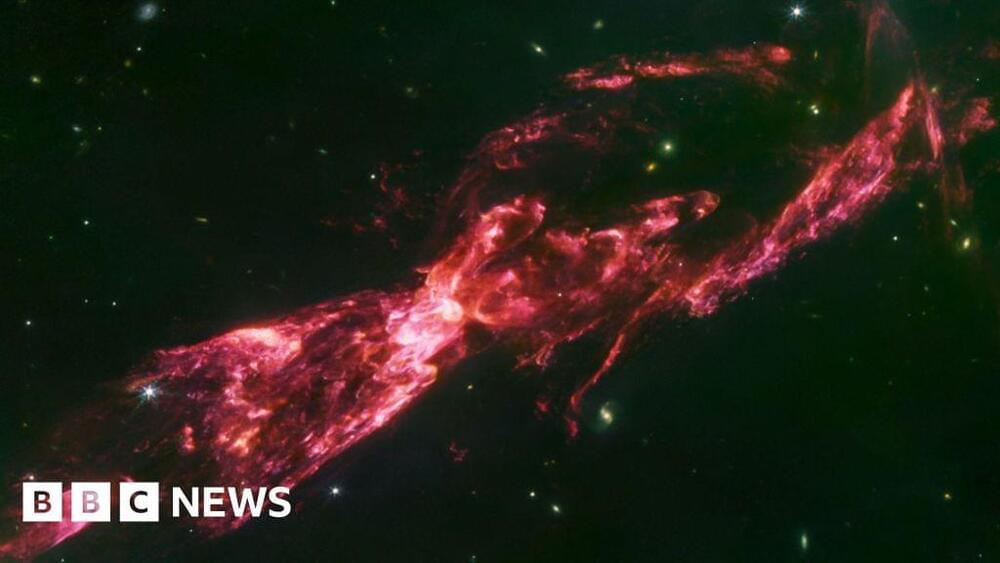
James Webb telescope: Baby star launches giant jets and shocks
Link :- https://www.bbc.co.uk/news/science-environment-67243772
The James Webb observatory records the giant jets and shocks created by a birthing star in Orion.
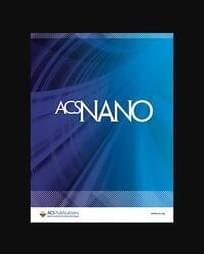
Re-Engineered Pseudoviruses for Precise and Robust 3D Mapping of Viral Infection
Engineered vesicular stomatitis virus (VSV) pseudotyping offers an essential method for exploring virus–cell interactions, particularly for viruses that require high biosafety levels. Although this approach has been employed effectively, the current methodologies for virus visualization and labeling can interfere with infectivity and lead to misinterpretation of results. In this study, we introduce an innovative approach combining genetic code expansion (GCE) and click chemistry with pseudotyped VSV to produce highly fluorescent and infectious pseudoviruses (clickVSVs). These clickVSVs enable robust and precise virus–cell interaction studies without compromising the biological function of the viral surface proteins. We evaluated this approach by generating VSVs bearing a unique chemical handle for click labeling and assessing the infectivity in relevant cell lines.
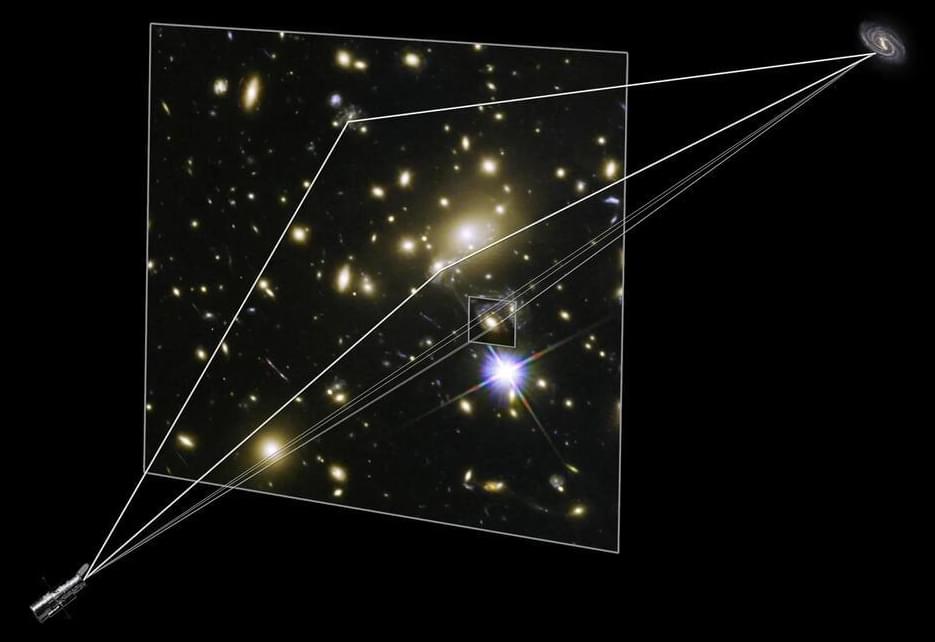
Civilizations Could Use Gravitational Lenses to Transmit Power From Star to Star
In 1916, famed theoretical physicist Albert Einstein put the finishing touches on his Theory of General Relativity, a geometric theory for how gravity alters the curvature of spacetime. The revolutionary theory remains foundational to our models of how the Universe formed and evolved. One of the many things GR predicted was what is known as gravitational lenses, where objects with massive gravitational fields will distort and magnify light coming from more distant objects. Astronomers have used lenses to conduct deep-field observations and see farther into space.
In recent years, scientists like Claudio Maccone and Slava Turyshev have explored how using our Sun as a Solar Gravity Lens (SGL) could have tremendous applications for astronomy and the Search for Extratterstiral Intelligence (SETI). Two notable examples include studying exoplanets in extreme detail or creating an interstellar communication network (a “galactic internet”). In a recent paper, Turyshev proposes how advanced civilizations could use SGLs to transmit power from star to star – a possibility that could have significant implications in our search for technosignatures.
The preprint of Turyshev’s paper, “Gravitational lensing for interstellar power transmission,” recently appeared online and is being reviewed for publication. Slava G. Turyshev is a research scientist with the Structure of the Universe Research Group at NASA’s Jet Propulsion Laboratory. This group is engaged in a wide range of research topics associated with the evolution of the Universe from the Big Bang to the present day. This includes the formation of the first stars and galaxies, the role of Dark Matter and Dark Energy in the formation of large-scale cosmic structures, and the accelerating expansion of the cosmos Universe (respectively).

Euclid Space Telescope Unveils Stunning New Images of the Universe
The European Space Agency (ESA) has just released the first full-color images captured by its groundbreaking Euclid space telescope. These stunning images are part of the mission’s Early Release Observations, which showcase the telescope’s ability to capture razor-sharp astronomical views across a vast expanse of the sky.
Unlike any telescope before it, Euclid is able to capture high-resolution images of the cosmos, revealing cosmic secrets waiting to be uncovered. These captivating images provide a glimpse into the vastness and beauty of our universe.
Euclid’s main objective is to create the most comprehensive 3D map of the universe ever recorded. Over its six-year mission, the telescope will generate an immense amount of data, equivalent to a million DVDs. This massive amount of data will be crucial in unraveling the mysteries surrounding dark matter and dark energy.

SpaceX selling ‘Starshield’ will be a gamechanger
Space Force and SpaceX announced that they’ve reached a deal for a brand-new military capability: Starshield. Is it a new laser defense shield against nuclear missiles? An Ultron for our time to destroy alien armadas? Or Starlink, but with new branding and (probably) a new fleet of satellites?
Yup, the last one. But with how clutch Starlink is in Ukraine, a military-controlled version of the network could change operations there. And it would dramatically improve U.S. and allied military communications in future conflicts. Now, the American military will lead military space-based communications with the start of Starshield. But expect allies to clamor aboard and other nations to try developing rival platforms.
Space Force has one of the most descriptive, succinct names in the modern military, but it appears to be even worse at naming its programs than the other branches. Still, its Proliferated Low Earth Orbit Program, or “PLEOP,” for acronym addicts who want to hear the sound of a dump every time they discuss the program, is promising.
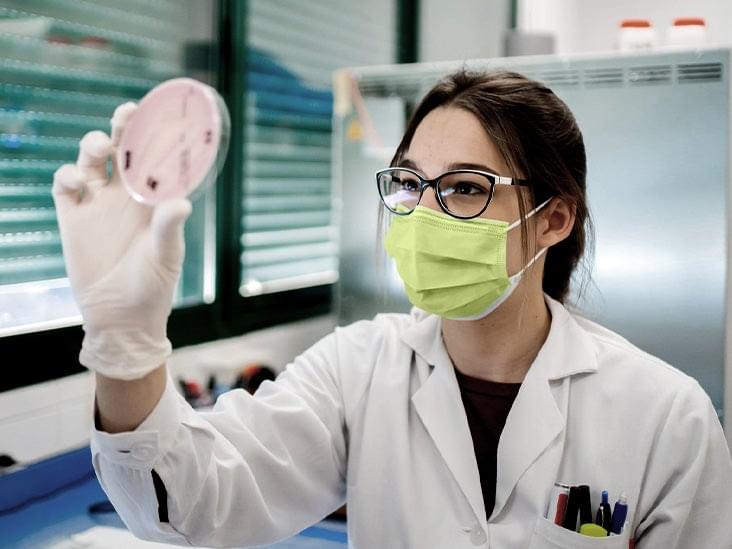
Type 2 diabetes: New GLP-1 agonist may lead to long-lasting treatment
These risks may be amplified with longer-lasting treatments, as Dr. Shafipour cautioned:
“Higher levels of GLP-1 are associated with more gastrointestinal side effects, including nausea, acid reflux, constipation, and bloating, which in some individuals, could be a cause for discontinuation of the drug.”
However, she added: “If this is not a side effect due to this novel technology, this could be a great advantage over the current GLP-1 receptor agonists.”

Scientists Just Discovered a New Human Sense of Touch
A new study reveals a previously undiscovered way that we can feel light touches: directly through our hair follicles.
Before now, it was thought that only nerve endings in the skin and around the hair follicles could transmit the sensation.
The team behind the study, led by researchers from Imperial College London in the UK, used an RNA sequencing process to find that cells in part of the hair follicle called the outer root sheath (ORS) had a higher percentage of touch-sensitive receptors than equivalent cells in the skin.